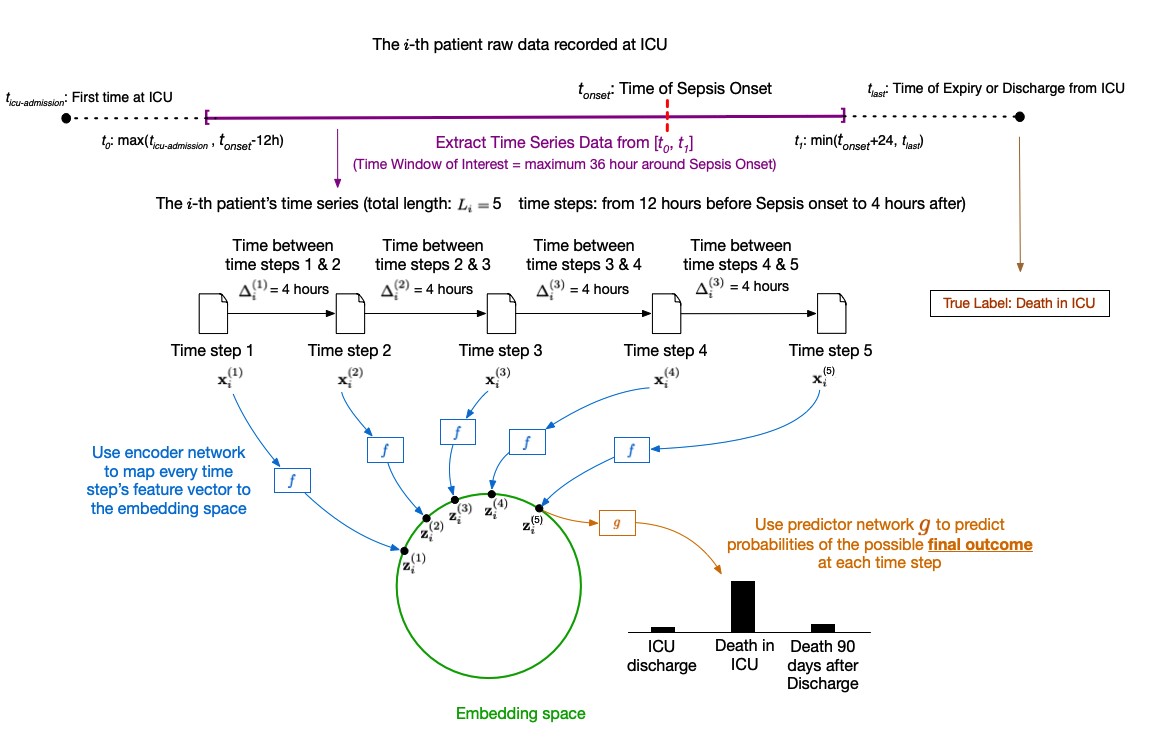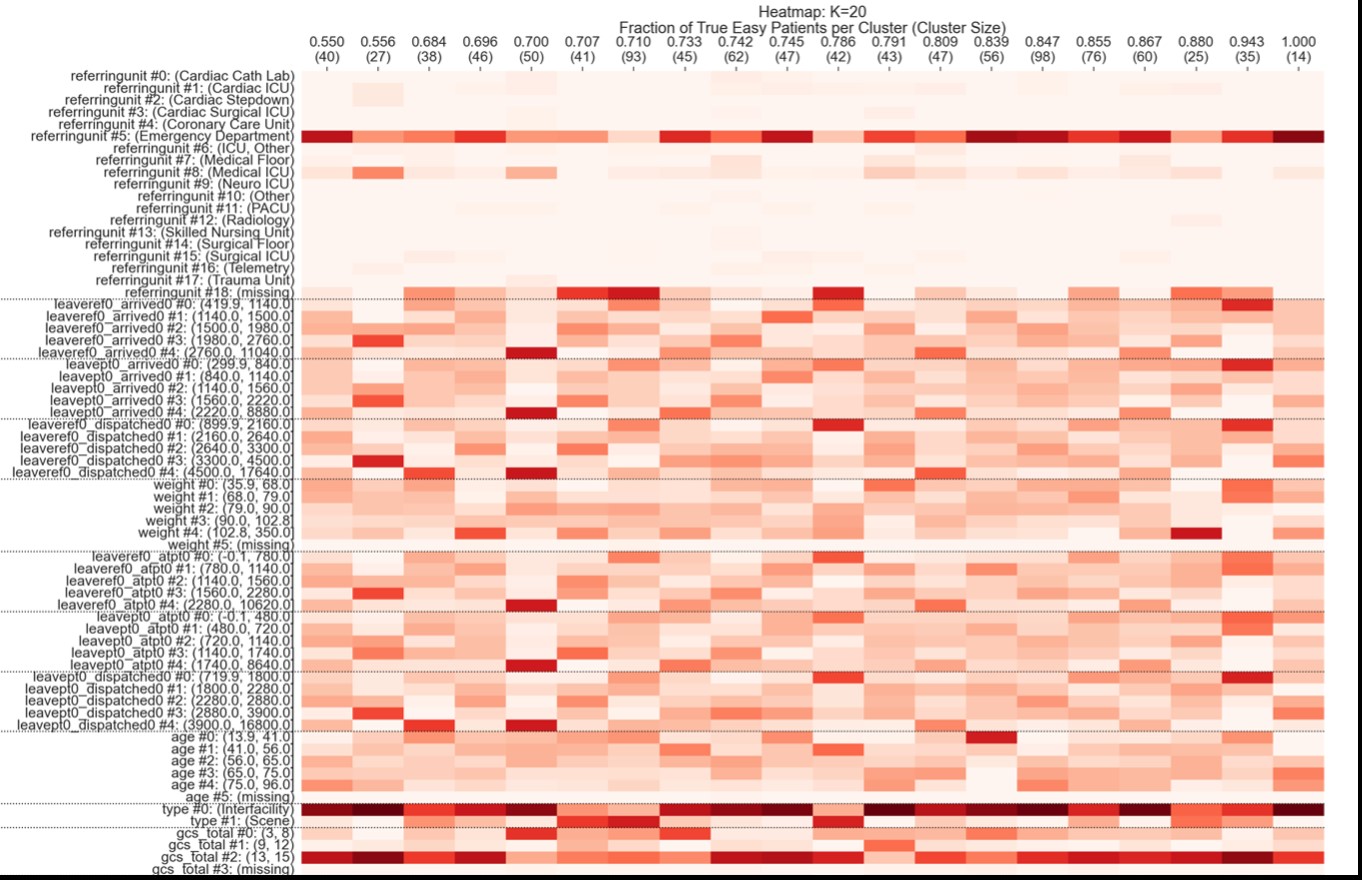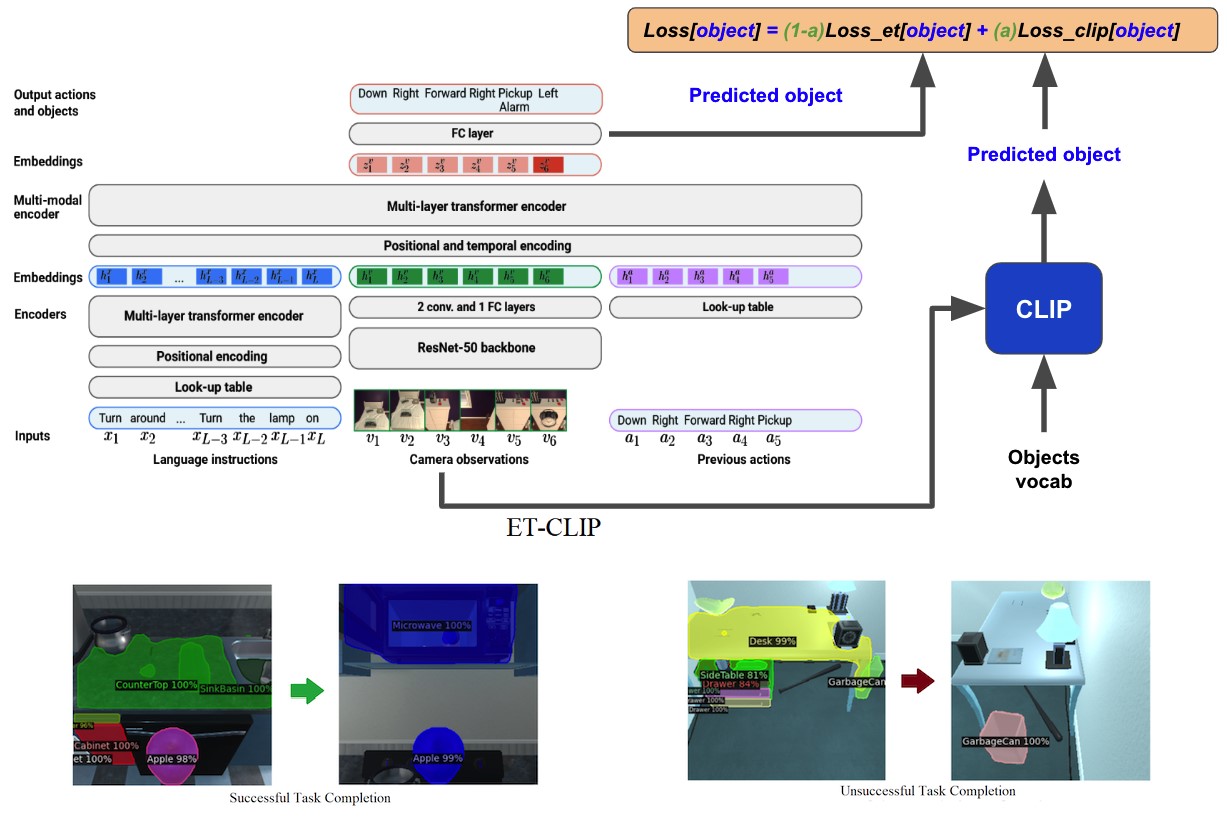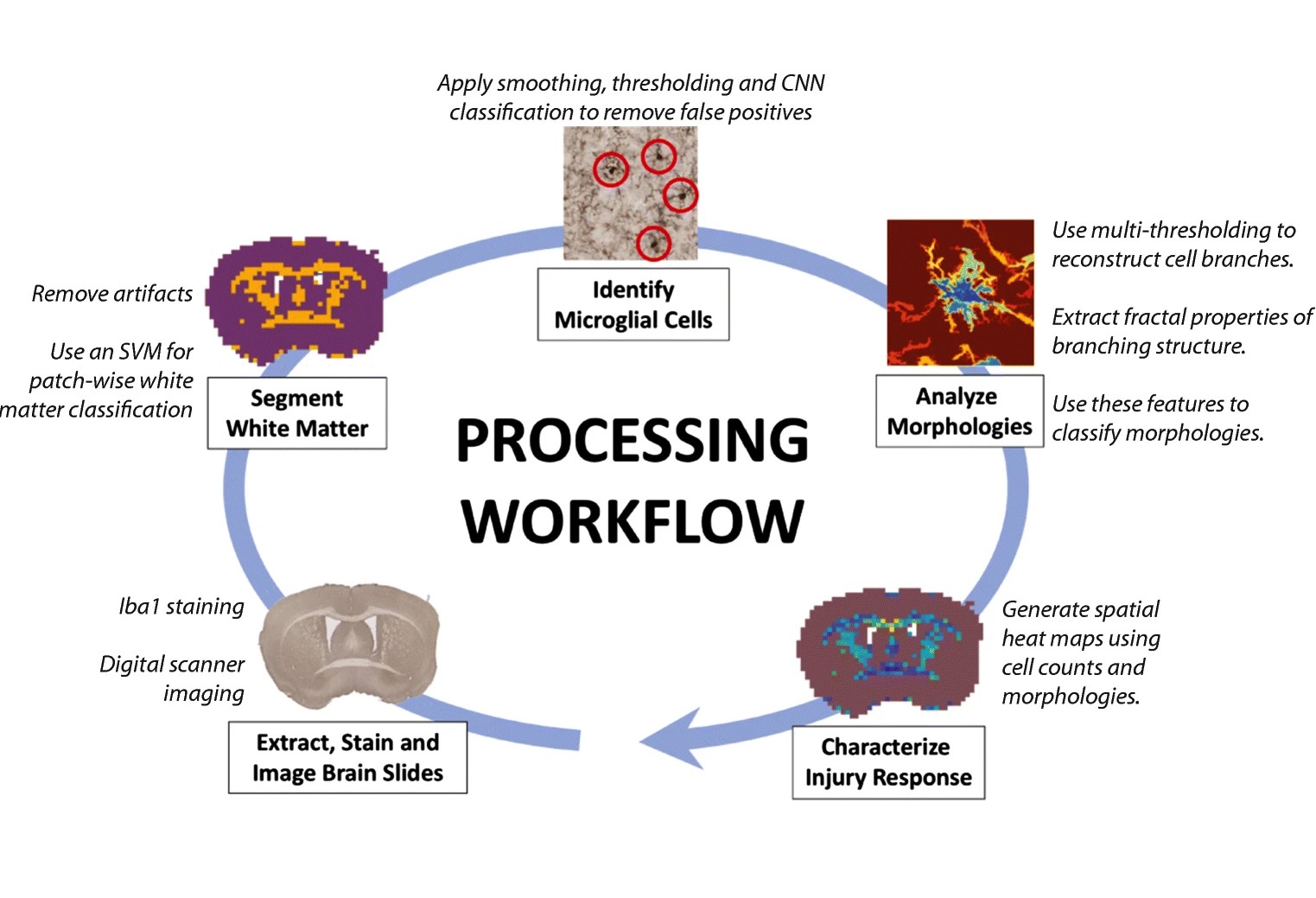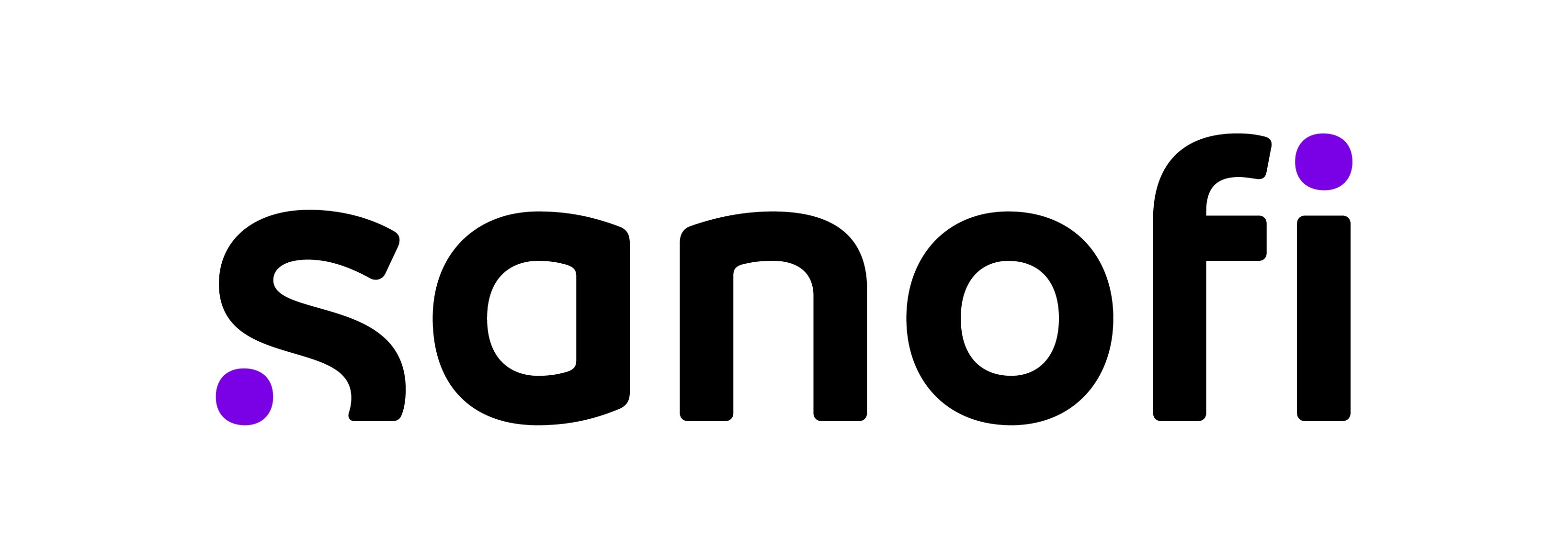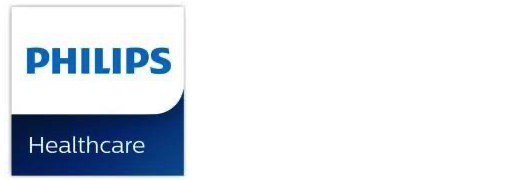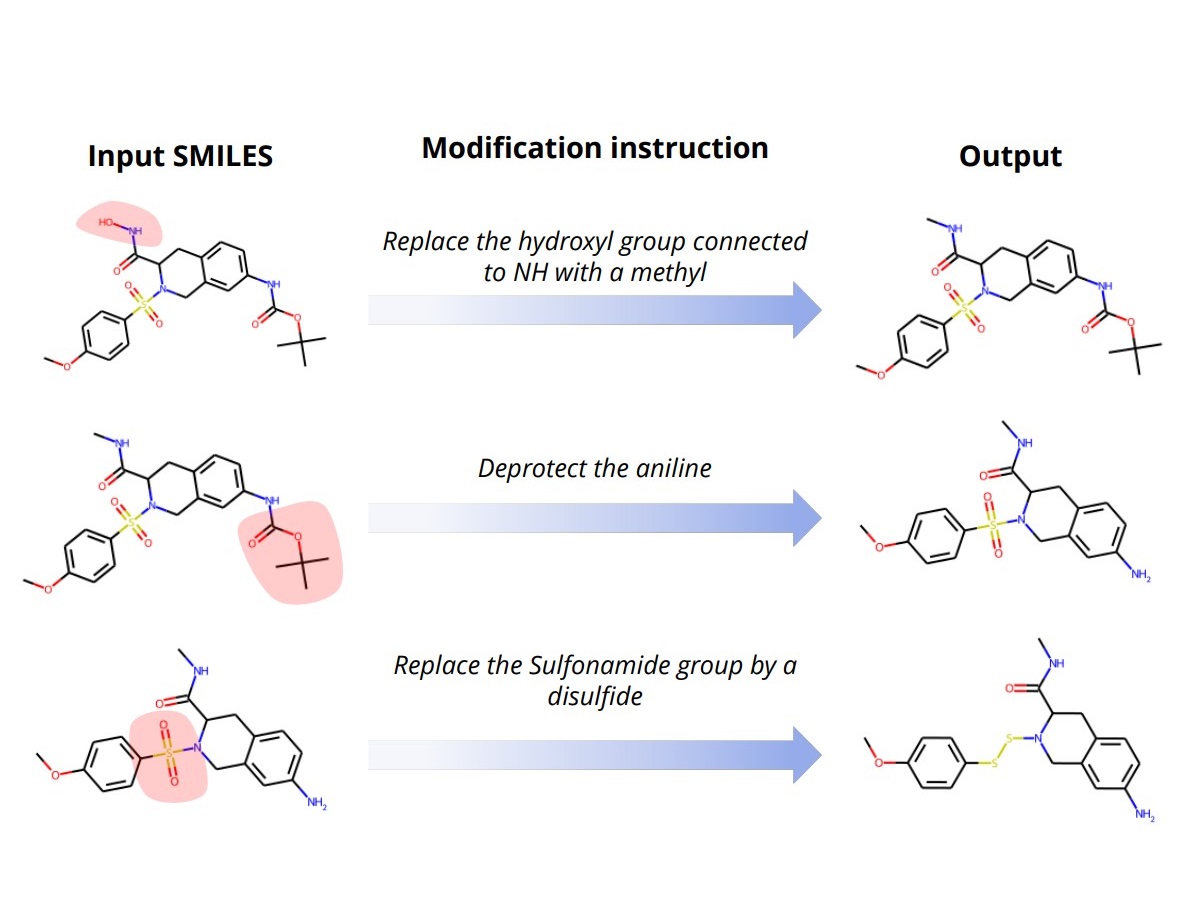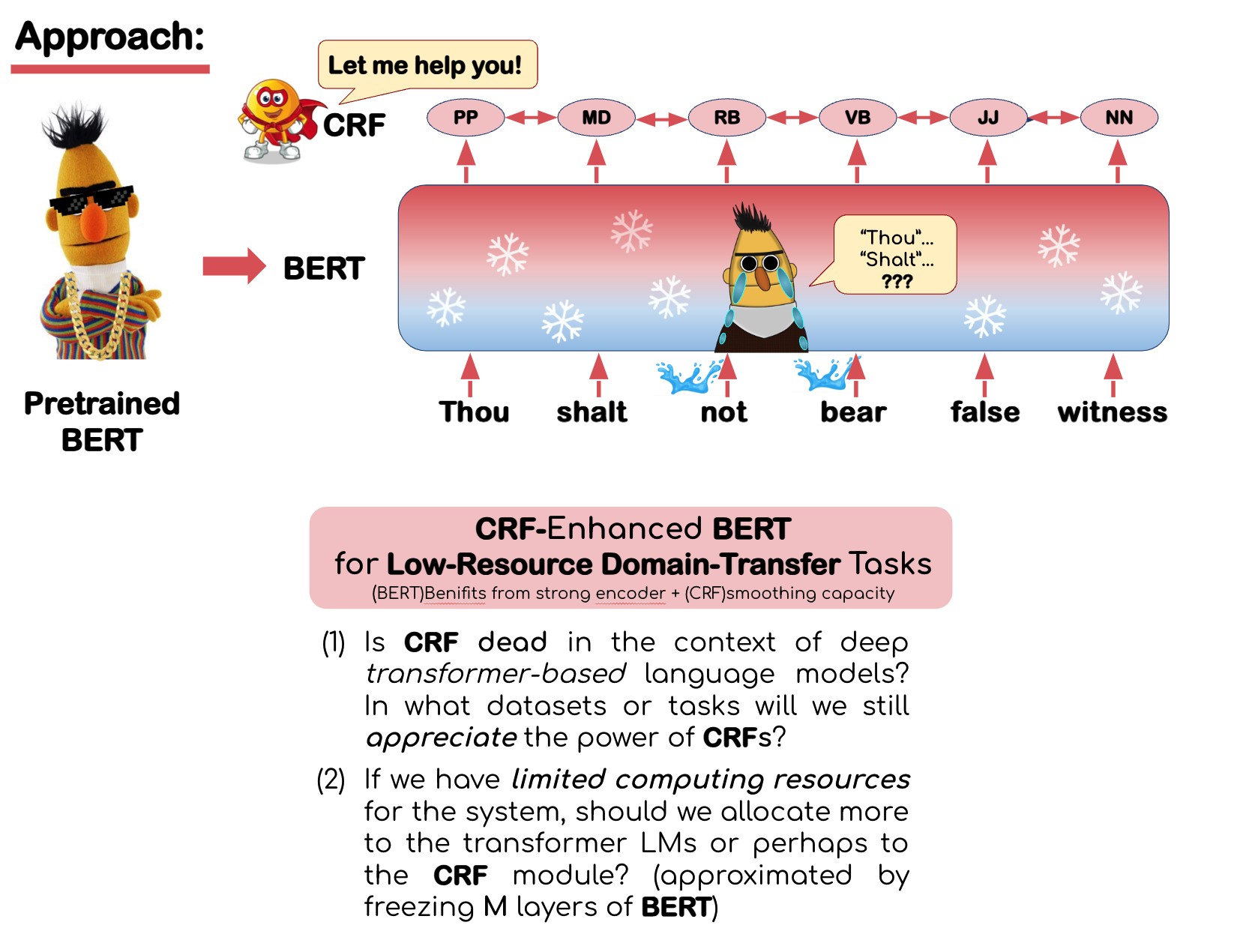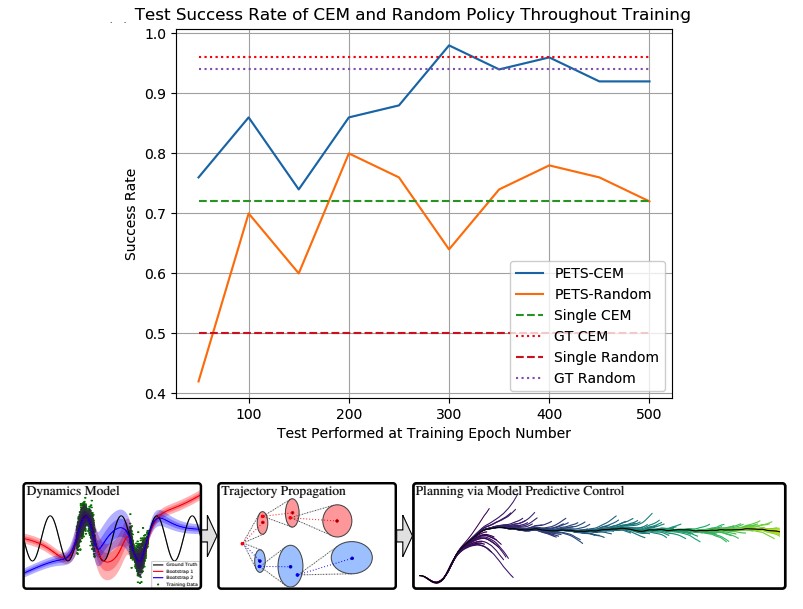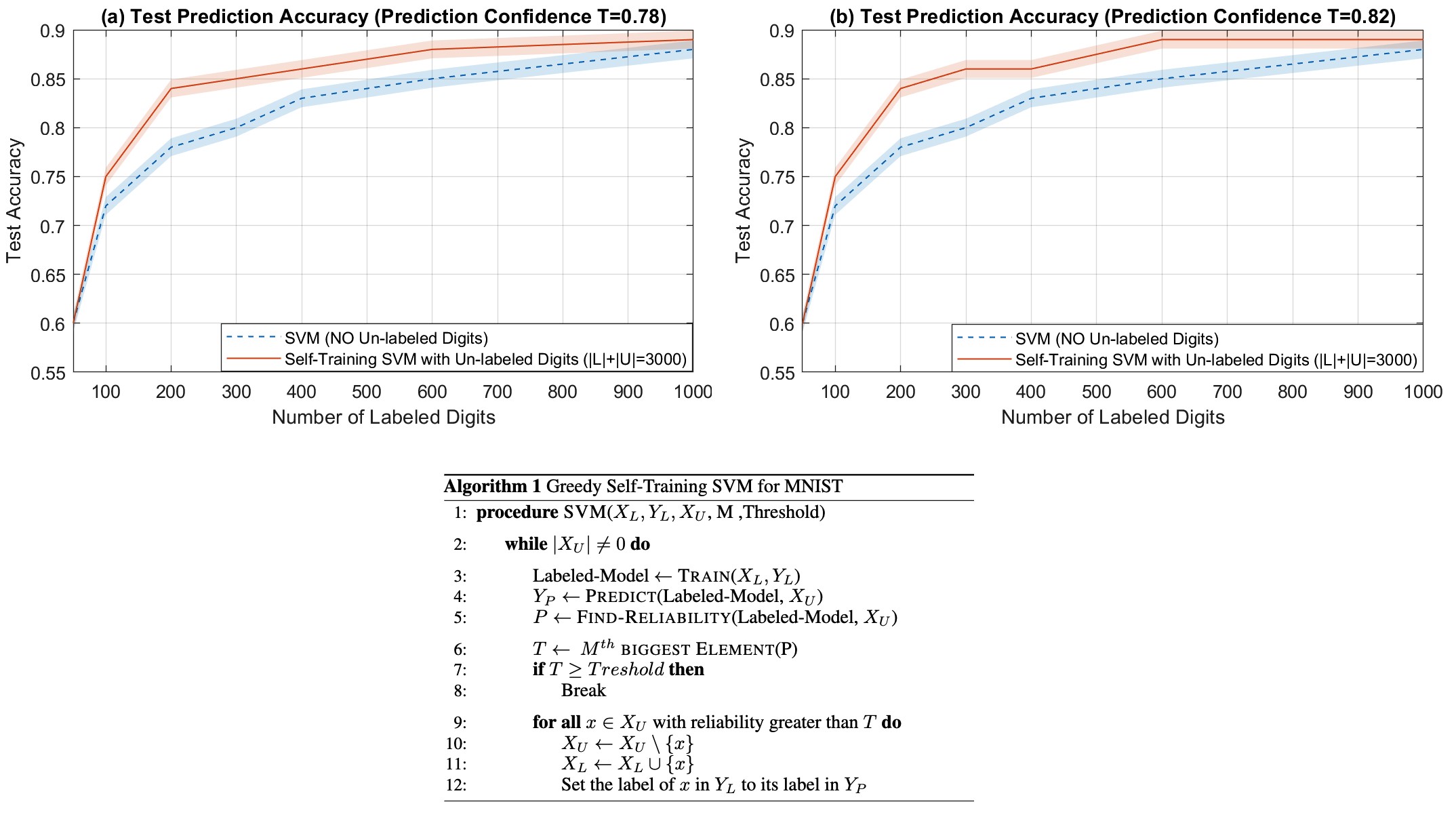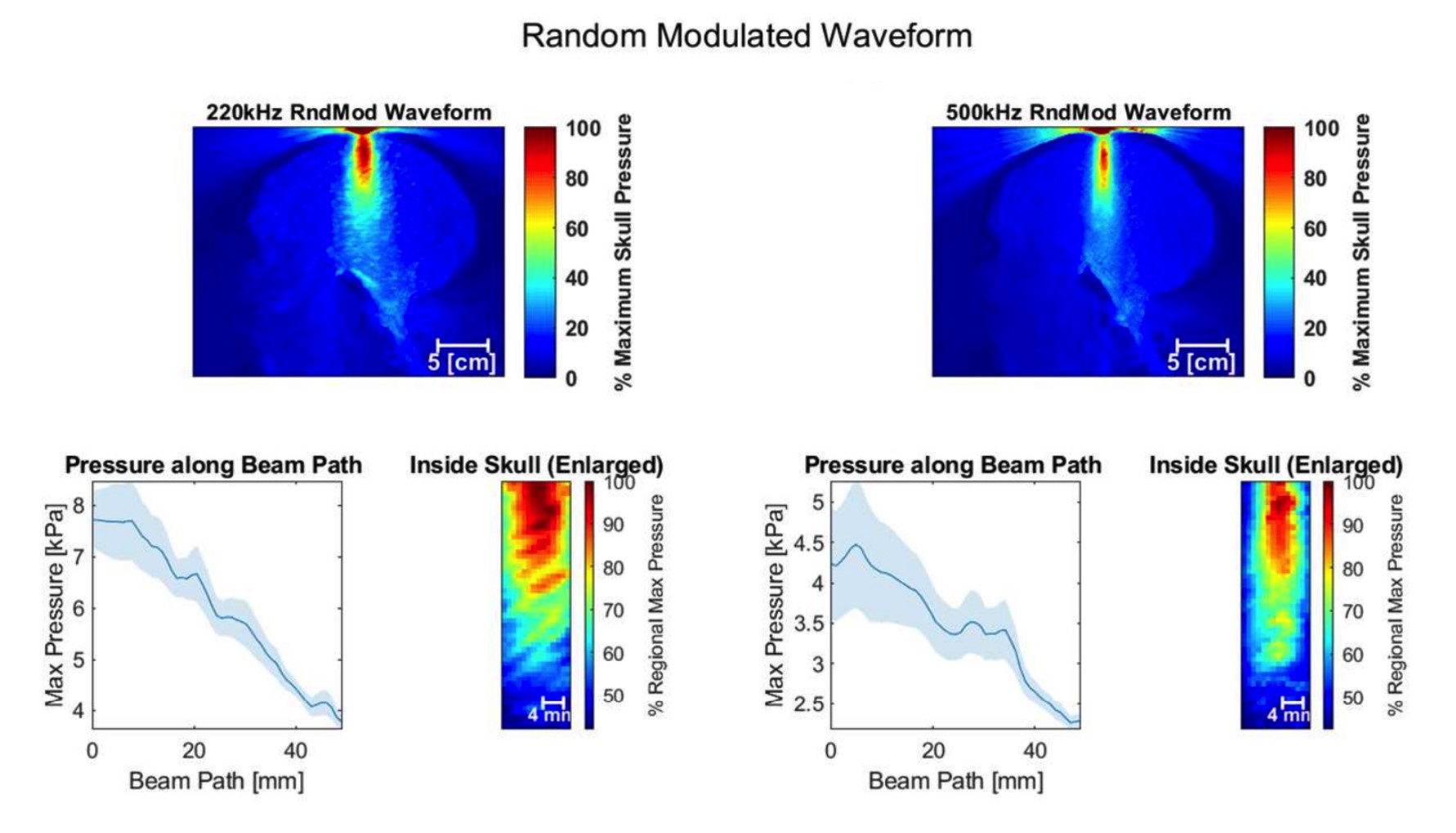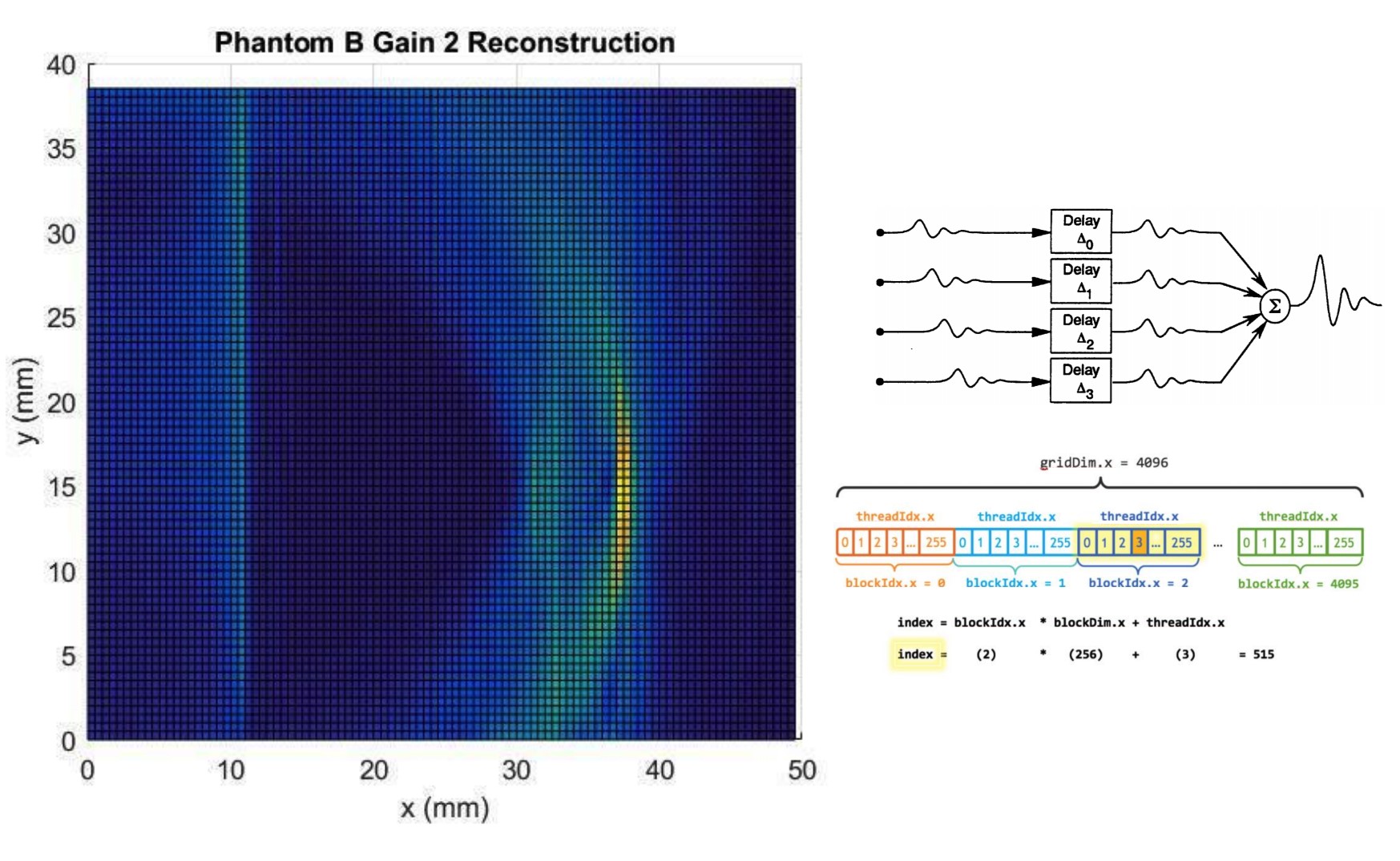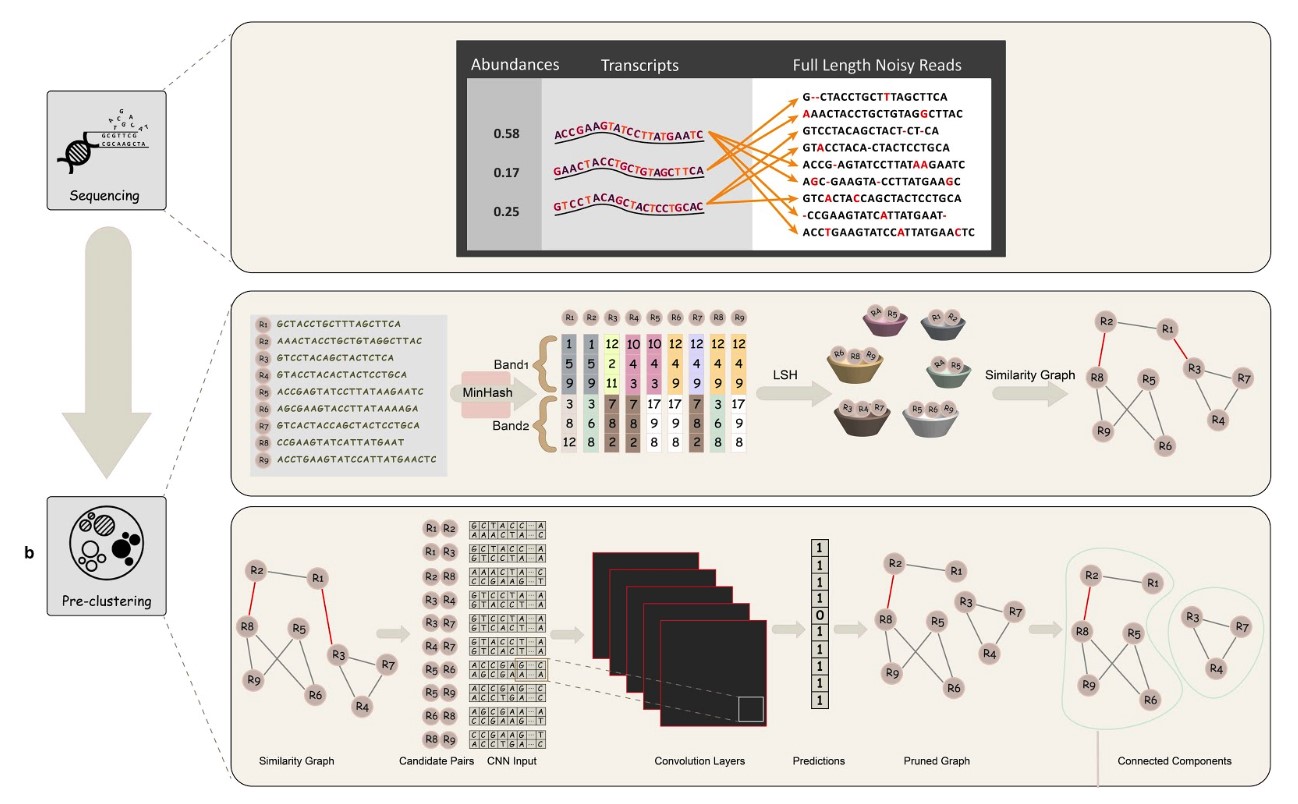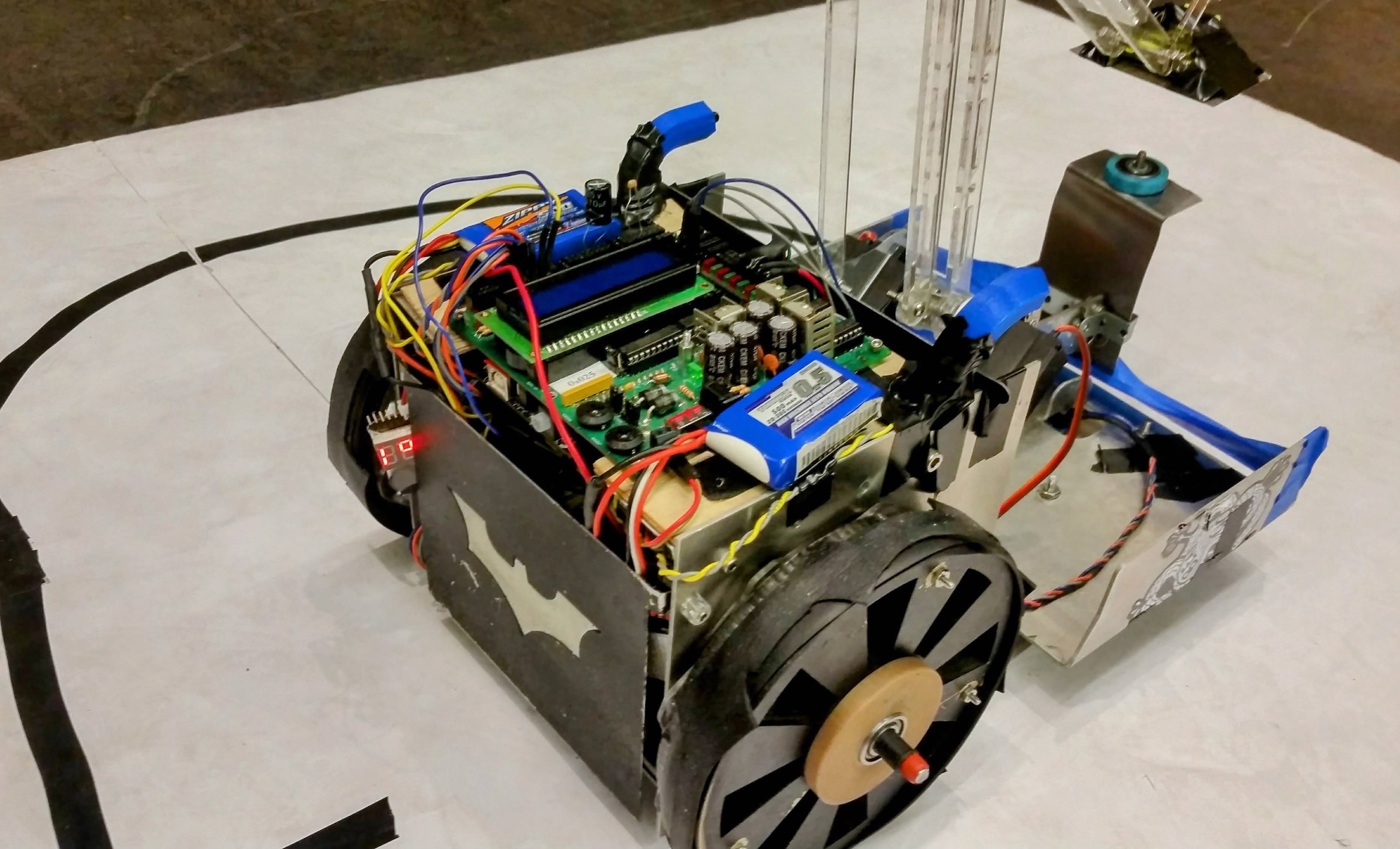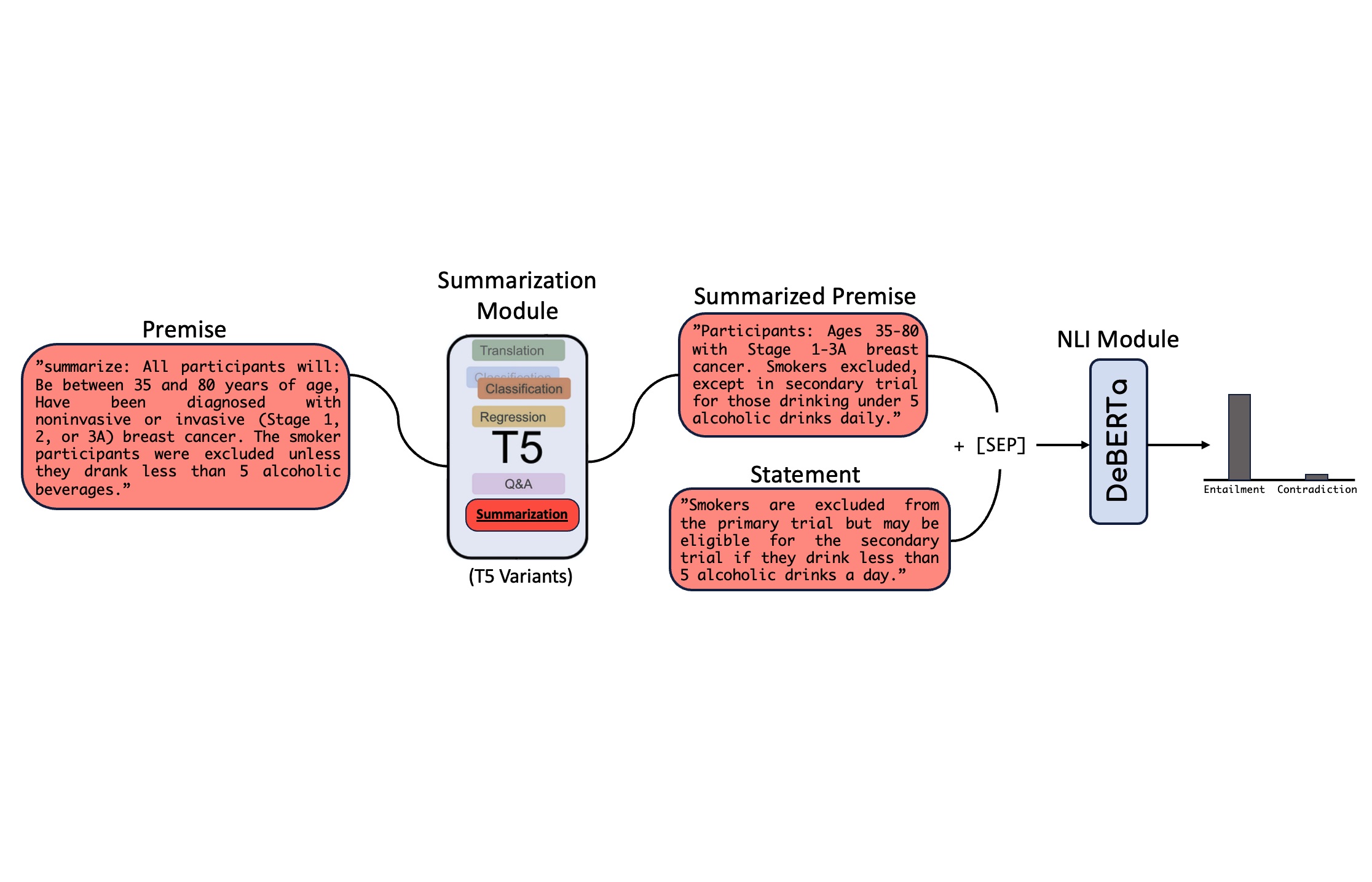
T5-generated clinical-Language summaries for DeBERTa Report Analysis (TLDR)

T5-generated clinical-Language summaries for DeBERTa Report Analysis (TLDR) [Paper: SemEval-2024 at NAACL]
Abstract: This paper introduces novel methodologies for the Natural Language Inference for Clinical Trials (NLI4CT) task. We present TLDR (T5-generated clinical-Language summaries for DeBERTa Report Analysis) which incorporates T5-model generated premise summaries for improved entailment and contradiction analysis in clinical NLI tasks. This approach overcomes the challenges posed by small context windows and lengthy premises, leading to a substantial improvement in Macro F1 scores: a 0.184 increase over truncated premises. Our comprehensive experimental evaluation, including detailed error analysis and ablations, confirms the superiority of TLDR in achieving consistency and faithfulness in predictions against semantically altered inputs.

